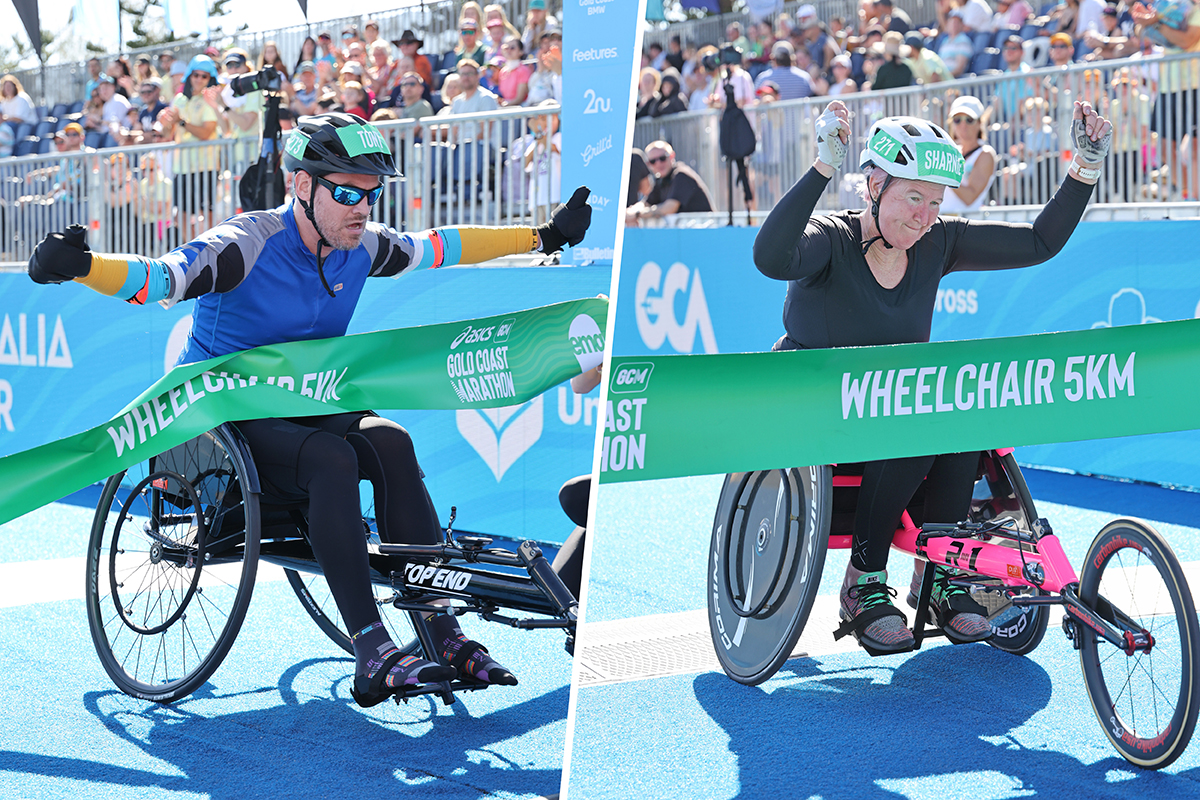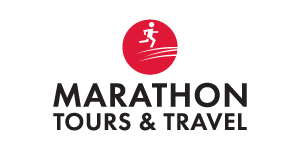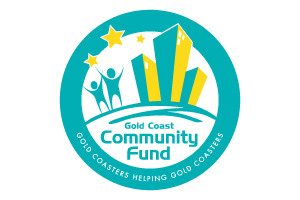In one of the most spectacular wheelchair race performances seen on the Gold Coast course, Victoria’s Sam Rizzo took the men’s 2025 Gold Coast Wheelchair...
Managing common overuse running niggles


Julian Tubman BAPPSCI (PHTY) APAM
Pogo Physio - pogophysio.com.au
Here are some practical tips that may assist in reducing discomfort and progression of common running injuries. It is important that you have already ascertained that your niggle is stable- that is not deteriorating over time or affecting running stride, not causing sharp or intense pain, or have features of a bone stress injury. It is advisable to reduce total training volumes when dealing with overuse running injuries and supplement your running with strength training and another form of aerobic conditioning. Find something you enjoy, does not aggravate your niggle and can structure to replicate your typical running workouts. For example, substituting an interval running session for efforts on the bike, or a long run for an extended swim.
Anterior knee (patellofemoral) pain:
- Increasing cadence (steps per minute) by just 10% can significantly reduce loads on the knee when running
- Minimise running on hilly terrain, especially downhills to allow some time for the irritated anterior knee structures to settle
- Engage in a glute, calf and quad strengthening program to absorb and redistribute running forces and address running mechanics that may contribute to patellofemoral pain. Simple exercises include: calf raises, side plank with top leg lift, deadlifts and hip thrusts. Gradually increase range of motion for quad-based exercises (such as squats, step ups and lunges) as tolerated.
Achilles tendinopathy:
- Try wearing shoes with a greater heel-to-toe drop or inserting heel wedges to minimise Achilles loading.
- Minimise speed work, running hills or on soft surfaces such as sand to prevent flare ups until the niggle settles
- Heavy seated and standing calf raises in the gym is key to promote tendon healing
- Try adopting a more midfoot or rearfoot strike to minimise calf and Achilles work
ITB pain:
- If your feet cross over while you’re running, try widening your step width. Imagine running over a line, trying to keep your feet on either side. This will help prevent excessive hip adduction associated with increased compression of the sensitive tissues beneath the IT band. Another great cue to use is ‘don’t let your knees touch’.
- Focus on strengthening your hip abductors- the muscles on the side of your hips with exercises such as a side plank with top leg abduction or squating with a band around your knees.
- Avoid running downhills until your symptoms settle.
- If you know that your lateral knee pain flares up at a certain point during each run- ensure each run stops short of this distance until you feel improvements with the above tips.
Medial tibial stress syndrome:
- This is an injury that you should not run through pain, especially if it progressively worsening. Taking a period of time off running and impact activities is critical and only resume running once walking and hopping is pain free.
- Start off with very slow run/ walk intervals on alternating days. Gradually increase the duration of the run interval and shorten the walk interval until you can run continuously pain free. Once you have re-established normal training volumes, slowly incorporate more intensity into your running.
- Strengthening your calf muscles through heavy seated and standing calf raises is key to increase tibial capacity and reduce the risk of recurrence.
Proximal hamstring tendinopathy:
- Minimise faster running or hills in the short term to reduce compression and loading of the irritated tendon. Similarly, avoid provocative cross training activities such as rowing and cycling that cause further compressive loads on the tendon.
- Overstriding (landing with the foot relatively in front of the body with an extended knee) places increased load through the proximal hamstring tendon. A simple way to address this is focusing on shorter, faster steps and landing with a more mid-forefoot strike.
- Engage in a glute and hamstring strengthening program. Start off with exercises in minimal hip flexion such as a prone hamstring curl, then gradually progress towards exercises such as deadlifts and step ups.
Plantar fasciitis:
- Reduce the speed or intensity of your runs in the short term.
- Strengthening the plantar fascia is key- perform loaded calf raises with a rolled up towel placed under your big toe. Gradually increase load as tolerated.
- Trial wearing shoes with a greater heel-to-toe drop, or use gel heel cups.
Lateral hip pain (gluteal tendinopathy):
- Similar to ITB pain, try widening your stance whilst running and focusing on not letting your knees touch. This will help prevent excessive hip adduction that increases compression of the gluteal tendon. Focusing on hip abductor strength is also important to increase the tendon’s capacity to tolerate load.
- Minimise running hills or cross training activities that place the hip into deep flexion until symptoms settle.
Calf strains:
- Load the calf as soon as tolerated with a progressive strengthening program incorporating a combination of loaded seated and standing heel raises, toe walks. Gradually progress to jumping, skipping and hopping exercises to prepare the calf for the demands of running.
- Minimise running on soft surfaces or hills in the short term as these are highly demanding for the calf musculature.
- Adopt a more mid-rearfoot strike or trial shoes with a greater heel-to-toe drop whilst the niggle is present.





























